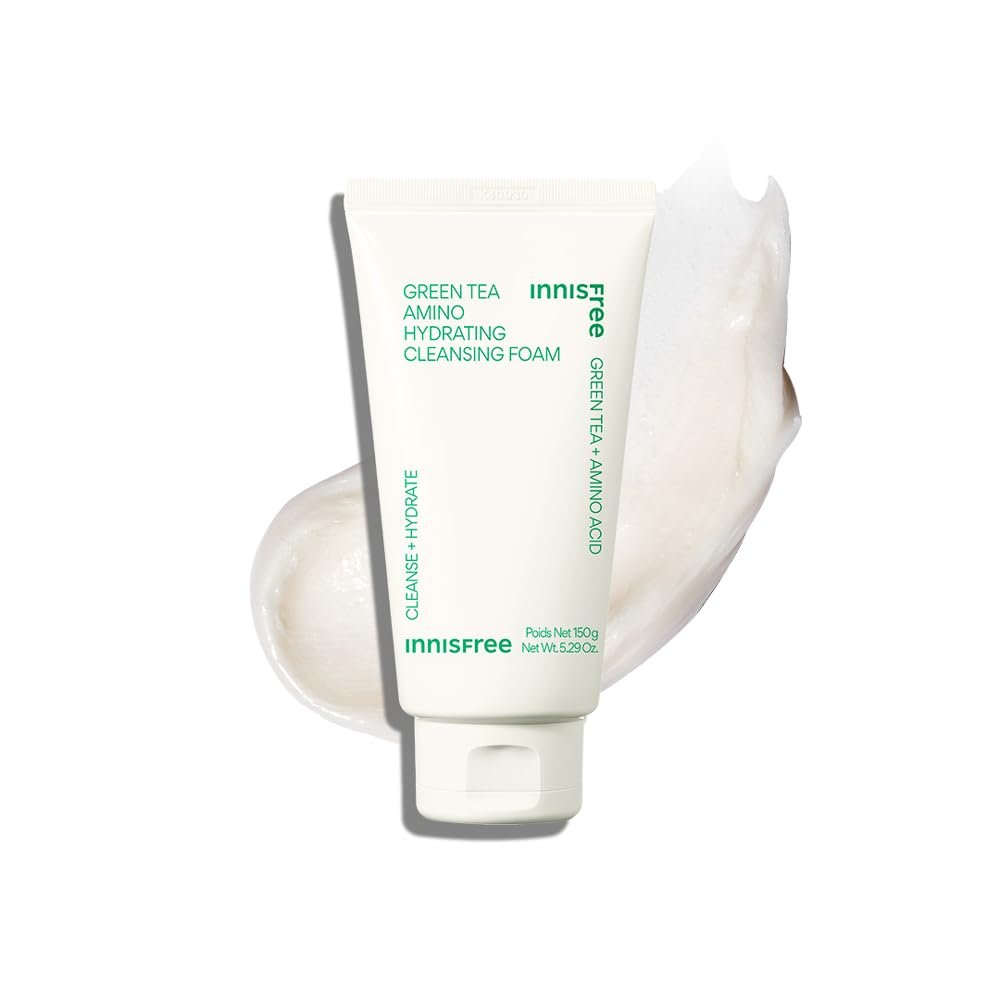Life is full of surprises — some thrilling, others challenging. An unexpected medical bill, a sudden job loss, or an urgent home repair can disrupt your financial stability. That’s where an emergency financial cushion comes in. It’s not just a safety net; it’s your financial armor, shielding you from life’s uncertainties.
In this article, we’ll explore the importance of an emergency fund, step-by-step strategies to build one, and actionable tips to ensure your financial security. Whether you’re just starting or looking to fortify your savings, these tips will guide you to a stress-free financial future.

What is an Emergency Financial Cushion?
An emergency financial cushion is a dedicated savings fund designed to cover unexpected expenses. Think of it as your personal financial buffer, ensuring you don’t have to rely on credit cards, loans, or deplete other savings when emergencies strike.
Why is it Important?
- Peace of Mind: Knowing you have funds set aside reduces stress during financial crises.
- Avoiding Debt: Prevents the need to take on high-interest debt.
- Financial Independence: Empowers you to handle unforeseen events without external help.
Experts recommend having at least three to six months’ worth of living expenses in your emergency fund.
Step-by-Step Guide to Building an Emergency Financial Cushion
1. Assess Your Monthly Expenses
Before you start saving, you need to know how much you’ll need. Review your monthly expenses, including:
- Housing (rent/mortgage)
- Utilities
- Groceries
- Transportation
- Insurance premiums
- Other essential costs
2. Set a Realistic Goal
Based on your expenses, set a target amount for your emergency fund. For example:
- Single Individuals: Aim for at least three months’ worth of expenses.
- Families: Six months’ worth of expenses is ideal due to higher financial responsibilities.
Tips to Kickstart Your Emergency Savings
1. Start Small but Be Consistent
- Begin with small, manageable contributions, such as $20 or $50 a week.
- Automate your savings to ensure consistency.
2. Open a Dedicated Savings Account
- Choose a high-yield savings account to maximize growth.
- Avoid using this account for anything other than emergencies.
3. Reduce Non-Essential Spending
Identify areas where you can cut back, such as dining out or subscriptions, and redirect those funds into your emergency savings.
How to Accelerate Your Savings
1. Increase Your Income
- Take on a side hustle, such as freelancing or part-time gigs.
- Sell unused items online through platforms like eBay or Facebook Marketplace.
2. Save Windfalls
- Deposit bonuses, tax refunds, or monetary gifts directly into your emergency fund.
3. Cut Back on Luxuries
- Skip expensive vacations or luxury purchases until your fund is complete.
Common Mistakes to Avoid
1. Treating It as an Investment Fund
An emergency fund is not meant for investing. Keep it liquid and accessible.
2. Neglecting Regular Contributions
Irregular savings habits can delay your progress. Consistency is key.
3. Using It for Non-Essential Purchases
This fund is strictly for emergencies — resist the temptation to dip into it for wants.
Maintaining and Growing Your Emergency Fund
1. Regularly Review Your Goal
As your financial situation changes, reassess your emergency fund target to ensure it aligns with your needs.
2. Replenish After Use
If you need to dip into your fund, prioritize rebuilding it as soon as possible.
3. Monitor Inflation
Inflation can erode purchasing power. Adjust your savings goal accordingly.
Creative Ways to Boost Your Savings
1. Save Your Spare Change
Use apps like Acorns to round up your purchases and save the difference.
2. Participate in Savings Challenges
Try the 52-week savings challenge, where you save increasing amounts weekly.
3. Make It a Family Effort
Involve your family in saving efforts by setting shared goals and celebrating milestones together.
Emergency Fund Myths Debunked
Myth 1: You Need to Save a Lot All at Once
Truth: Building an emergency fund is a gradual process. Small, consistent contributions add up over time.
Myth 2: Only Wealthy People Can Afford an Emergency Fund
Truth: Anyone can build an emergency cushion by prioritizing savings and making small adjustments.
Myth 3: You Don’t Need an Emergency Fund If You Have Insurance
Truth: Insurance doesn’t cover all expenses, such as job loss or unexpected travel costs.
Why You Should Start Today
Procrastination is the biggest obstacle to financial security. Starting today, even with a modest amount, puts you on the path to financial independence.
The Ripple Effect of Not Having an Emergency Fund
Without an emergency fund, unexpected expenses can lead to:
- High-interest debt accumulation.
- Delayed financial goals.
- Increased stress and financial insecurity.
Real-Life Success Stories
Case Study 1: Sarah, a Young Professional
Sarah saved $50 a week for a year. When her car broke down, she was able to cover the $1,800 repair bill without using credit cards or loans.
Case Study 2: Mark and Lisa, a Family of Four
Mark and Lisa built a six-month emergency fund over two years. When Mark lost his job, the fund covered their bills for three months until he found a new role.
Building an emergency financial cushion is one of the smartest investments you can make for your future. It provides peace of mind, protects you from financial shocks, and empowers you to stay focused on your long-term goals.
Start small, stay consistent, and prioritize this fund above all else. With discipline and determination, you’ll create a financial safety net that stands the test of time. Your future self will thank you.














